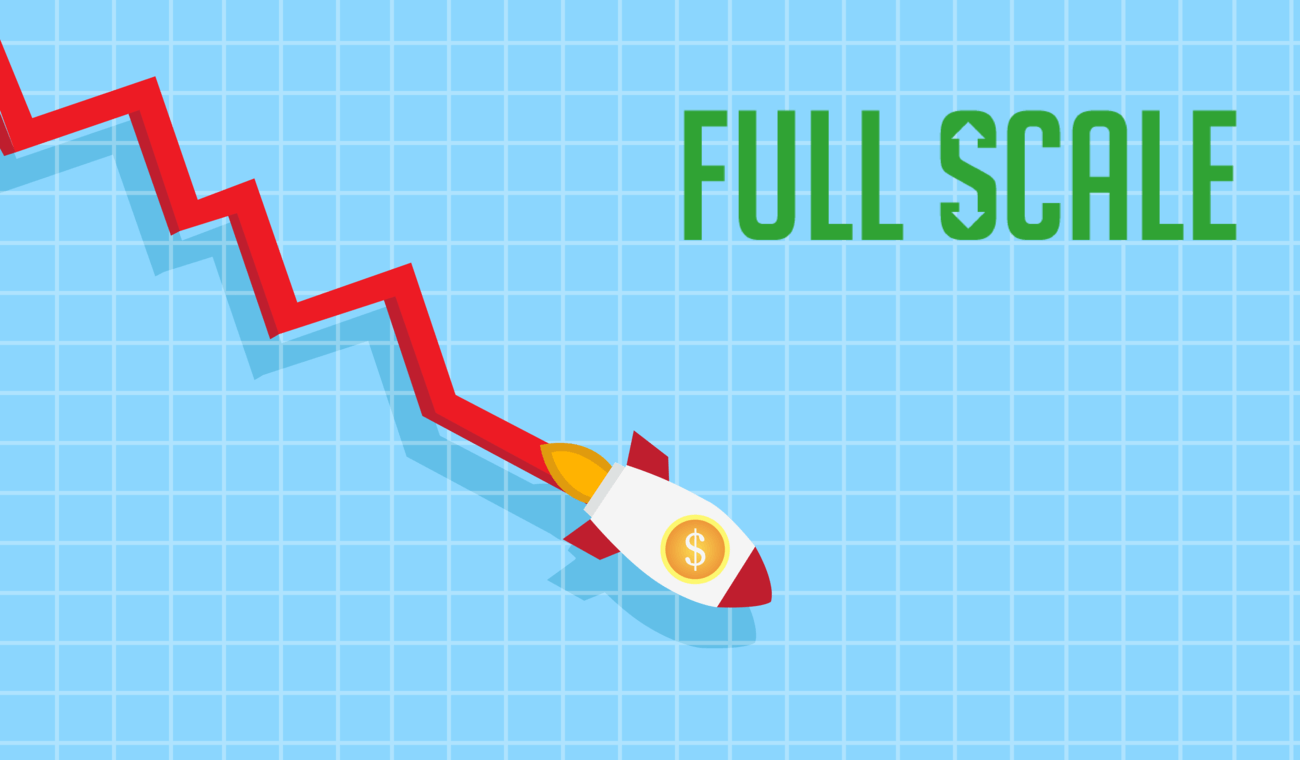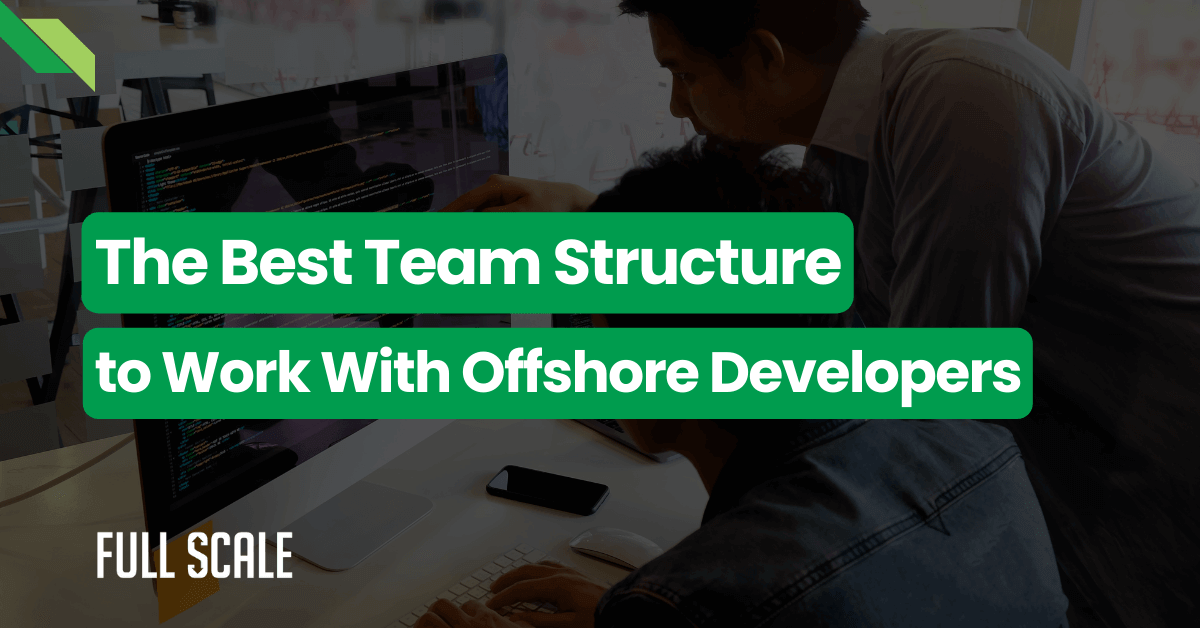Last Updated on 2025-07-28
Risk assessment can help you create strategies that act as a buffer against potential risks in your startup. Today’s article will show how to thoroughly assess the risks before they can disrupt your business operations.
By nature, entrepreneurs are risk-takers. They are different from ordinary workers because they understand that building their own business is inherently risky.
In their pursuit to start and grow their business, some tend to overlook the various risks that their companies may face. Startups are no different. They are particularly susceptible to different threats such as financial, security, privacy, physical, and location risks.
An assessment of these risks can be used to create a plan to address your startup’s risk environment. From minor to major risks, having a holistic outlook of your internal or external environment ensures the longevity and growth of your startup over time.
Related Video: How to Scale Your Business
What is Risk Assessment?
Risk assessment is the process of evaluating your environment or position in terms of managing risks. Think of it as doing a reality check of where you are, including the likelihood of being susceptible to risks.
The main goal of risk assessment is to analyze the risks, then eliminate them or at least minimize their level by increasing up the control measures as needed.
When you lower startup risks, you create a safe, secure, and healthy work environment for employees and stakeholders. Additionally, this can build long-term trust and confidence with your customers.
Your risk assessment strategy should answer these questions:
- What are the possible threats or risks and under what situation or position?
- If these risks occur, what are the potential consequences?
- How likely will these consequences happen?
- Is the risk managed well or does it need to be acted upon?
Risk Assessment Components
Risk assessment includes three components. These are:
- The identification of possible risks that your startup may face. It can be cybersecurity, market, location, financial, or project risks.
- An evaluation of the potential impact of each risk. The risk evaluation is done by comparing the chances of these threats from happening against the extent of the consequences currently faced.
- The evaluation of current resources and ability in dealing with these risks.
Planning the risk assessment
To calculate startup risk, it should include the scope of the risk assessment plan. It can consist of specific items like the nature of business and competition, workplace area, types of hazards involved, or the local or international laws that influences your business.
Consider the resources needed to complete the risk assessment process. Do you need to create a special team for this? Who are the individuals appointed to carry out this assessment? What training do they need to go through to complete this project?
Make sure that you are aware of the relevant laws, regulations, standards, and penalties applicable to your industry. Also, include the internal procedures and policies in your startup.
The Risk Assessment Process
There are no strict rules on how risk assessment is done. However, there are a few basic principles when assessing risks. Here are five steps you can follow to make sure that your risk assessment strategy is performed correctly.

Identify risks
Risk assessment starts with identifying potential risks. You need to include risks relevant to your business—financial, operational, economic, etc.
Some ways to identify these risks are by observing your workplace, old and new competitors in the industry, natural disasters in the country, and so on. Also, you can ask your employees about the potential risks they face every day while at work.
Related Video: Are You the Problem at Your Startup?
Risk evaluation
Identifying risks is just one part of risk assessment. Next, evaluate the severity and frequency of each risk to determine the possible issues your startup might deal with in the future. To do this, measure each risk based on these criteria:
- The likelihood of this risk to occur
- Serious consequences of this risk
Some organizations use a heat map to measure the risk severity. A risk heat map is a visualization tool that details the probability of these risks from happening and the seriousness of the outcome. By scaling each risk, you can pinpoint the major risks that need to be prioritized.
This tool will show you where and how to spend your time and money. It enables your risk team to prioritize your resources accordingly.
Some risks don’t affect your startup one at a time. They most likely impact your business in combinations. As your startup grows over time, you will understand how to manage these combinations by implementing effective strategies at the appropriate time.
Your risk assessment strategy is the right platform to create a plan that manages this combination of risks.
Examine potential solutions
What are the possible ways to reduce or manage these risks? Which solutions are cost-effective? Decide which options you accept, control, avoid or transfer the risks.
When you accept the risks, it means that you understand and accept that some risks are inherent to your business operations. And that benefits of certain activities will eclipse the potential risks.
Avoiding risks is simply not engaging in any activity or events that will invite these risks.
Controlling risks entails prevention or the reduction of the risks to happen. It can also be treated as risk mitigation wherein you lower the severity if a risk does occur.
Transferring the risk involves moving the responsibility or any serious impact to a third party; an example is buying fire insurance.
Document your findings
For companies with five or more employees, they are legally required to put their risk assessments in writing. These findings can be communicated in employee training, company-wide memos, emails, office manual, etc.
It’s important to set a reminder to review whether the risk assessments done are still applicable or need to be changed. The review should consider factors like new work location, additional employees in the team, changes in laws and work practices.
Review and update the risk assessment
Keep in mind that there will be changes in your company—some are slow and gradual while others are long-term in nature. It’s important for you to review your risk assessment documents and update them when necessary.
Managing risks with a Strategic Risk Assessment
Risk assessment is an essential element of a startup’s business operation. Part of growing your startup is managing startup risks. The success of your startup lies in your ability to identify these risks and create a plan to effectively mitigate them should they occur.
By following the actionable tips we’ve shared, you’re on your way to eliminate or control risks that may cause severe interruptions to your business.
At Full Scale, we make it easy and affordable for clients to grow their software teams. We have systems and tools in place to ensure that risks are kept to a minimum. This allows you to focus on growing your business without feeling overwhelmed by these risks. To get started building your offshore team, contact us for a FREE consultation.

Matt Watson is a serial tech entrepreneur who has started four companies and had a nine-figure exit. He was the founder and CTO of VinSolutions, the #1 CRM software used in today’s automotive industry. He has over twenty years of experience working as a tech CTO and building cutting-edge SaaS solutions.
As the CEO of Full Scale, he has helped over 100 tech companies build their software services and development teams. Full Scale specializes in helping tech companies grow by augmenting their in-house teams with software development talent from the Philippines.
Matt hosts Startup Hustle, a top podcast about entrepreneurship with over 6 million downloads. He has a wealth of knowledge about startups and business from his personal experience and from interviewing hundreds of other entrepreneurs.





